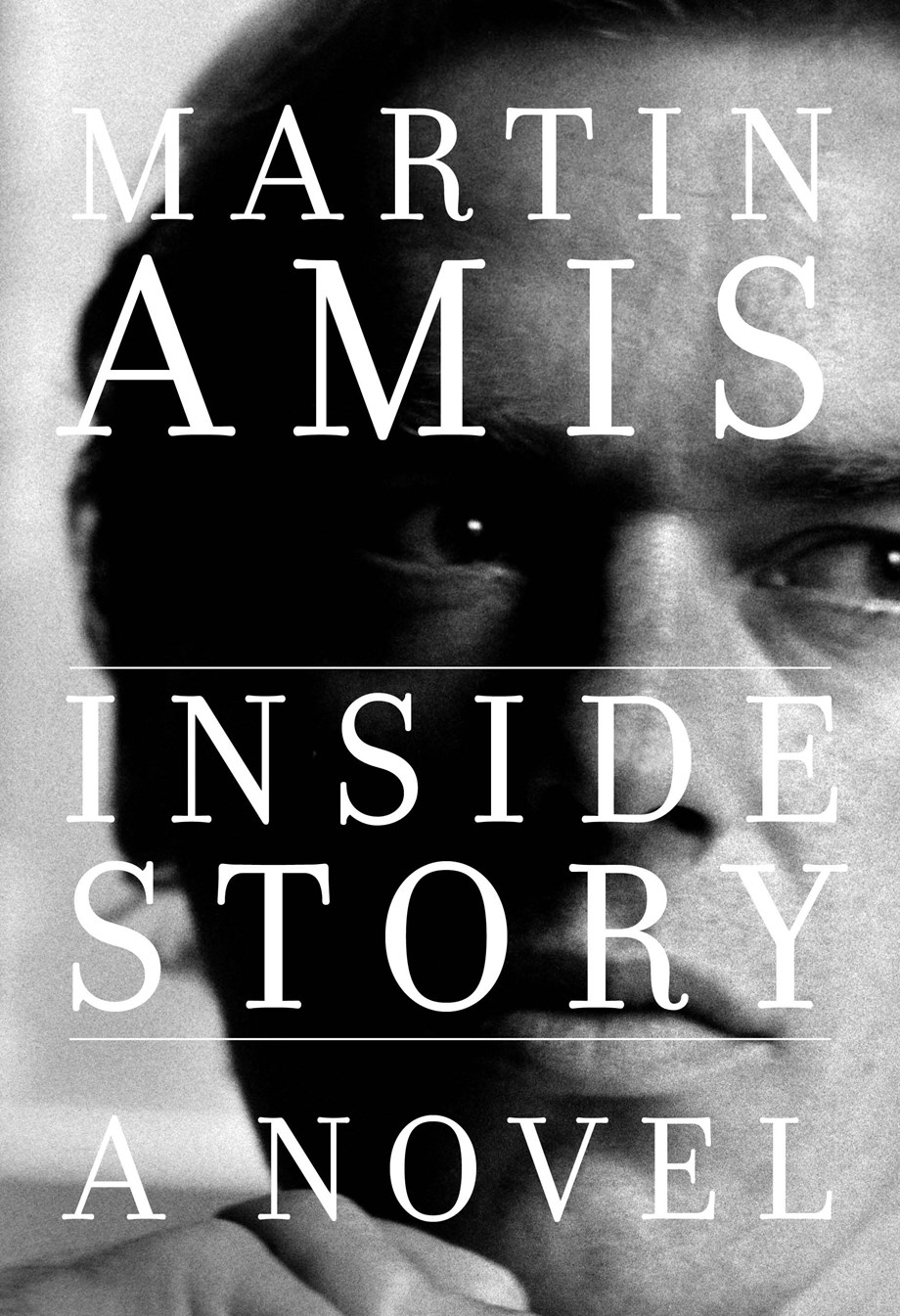Inside Story by Martin Amis (Knopf)
“Fiction is freedom,” Martin Amis tells us repeatedly throughout his self-dubbed “novelised autobiography,” a supposed work of fiction with an index full of real names, pages of seemingly documented detail and dialogue from his life, and disquisitions on everything from the contemporary novel to Iraq policy to 9/11 to annoying old people to Margaret Thatcher’s naughtiness.
A novel? He promises it “won’t read like a novel—more like a collection of linked short stories, with essayistic detours.” He confirms it as “not loosely but fairly strictly autobiographical.”
Amis enjoys license to do whatever he wants with a book at this three-score-and-eleven stage of his life. Saul Bellow, an idolized friend who figures mightily in Inside Story, once compared Amis to Flaubert and Joyce. A quarter-century ago, in his mid-40s, with eight novels published, Amis found himself already described by Malcolm Bradbury as perhaps “the most influential British stylist of his generation,” by the Independent as “the most highly regarded writer of his generation,” and even by the stern Cambridge Guide to Literature in English as “ferociously witty, scabrously scatological, and balefully satirical.”
If he were American, we’d say he’s lost nothing off his fastball. Despite the fantastic array of liberties he takes in his 17th work of fiction—abundant, whispery, hilarious footnotes; flamboyant mixing of historical detail and roman-a-clef deception; recreated “verbatim” conversation from decades before—Amis, in his familiar swaggering style, fulfills what he calls here the novelist’s fundamental duty: to “answer the door and let you in.” And he does it with that alchemic translation of Bellow and Nabokov into his own high-flying British idiolect.
Inside Story takes the indulgent reader—a requirement on this trip–into cascading dimensions of Amis’s life: his tortuous 5-year affair with “Phoebe Phelps,” a multitasking ex-escort and businesswoman; his lifelong mate-ship with Christopher Hitchens; his obsession with the poet Philip Larkin; his elaborate theories of the novel.
“If you’ve read my novels,” our narrator confides early on, “you already know everything about me.” Not really–Amis disgorges heaps of new detail and literary gossip here. Loyal votaries of linear narration might rebel. But, like his idol and fellow phrasemaker Bellow, Amis sentence-by-sentence outwits cliche and propriety at every turn. His independent Phoebe wields a “single-occupancy umbrella.” The squeals of one lover “dipped and climbed, like the price of crude.” That panache leads to more laugh-out-loud moments in a single book than most writers elicit in a career.
A London paper once ran a piece headlined, “Why We Love to Hate Martin Amis,” and generations of literary critics have provided a host of reasons, assignable to both him and them—his alleged misogyny, sexism, entitlement, egomania, arrogance, prolificacy, and shallowness, their envy, sadism, anger and general block-headedness. Punch once tweaked him as “Marty Pants,” and he is.
But a writer who can keep up this pitch of rhetorical brilliance and productivity for decades ultimately rises above the to-and- fro. Amis’s Inside Story delivers the inside, outside, upside and downside of his life with a blast of British brio that’s his alone.
Years ago, this son of famed British novelist Kingsley Amis (Lord Jim) complained that among the reasons reviewers often skewer him was that he “had it too easy” coming up in London’s bookish jungle with that golden lineage, that prestige literary editorship of the New Statesman at age 27—the whole rocket-like ride upwards.
Even worse, he told a journalist decades ago, he’d violated a sacred rule of literary life: “You’re only meant to write one or two novels as the son of a writer. Then you’re supposed to shut up.”
He still won’t shut up. His first wife, according to Inside Story, used to refer to a certain kind of fiction, in which the author is always “just going on,” as a “babble novel.” Amis himself writes here of the “baggy monster” novel, fearing it’s dead.
It’s not. It’s simply “accelerated,” as Amis declares, to fit the speeded-up modern world. Long live the babbly, baggy monster!
Carlin Romano, a former NBCC President and author of America the Philosophical (Alfred A. Knopf/Vintage), teaches media theory and philosophy at the University of Pennsylvania.



